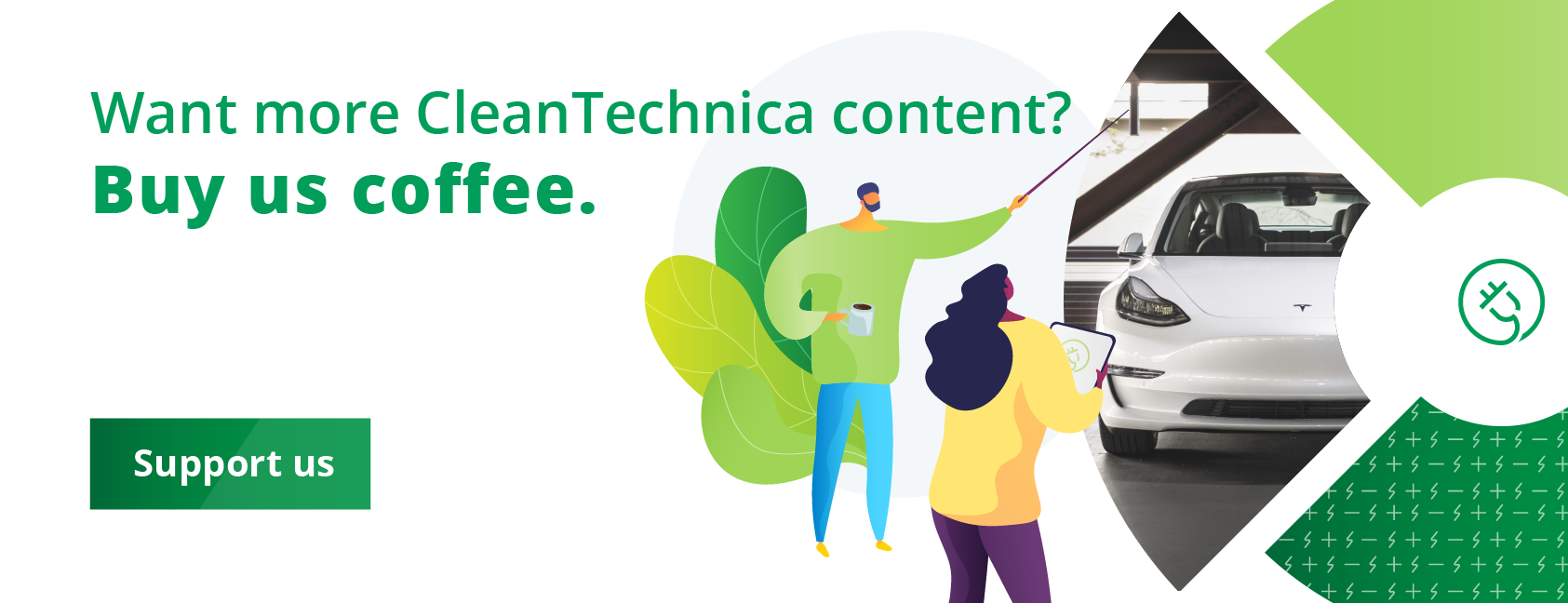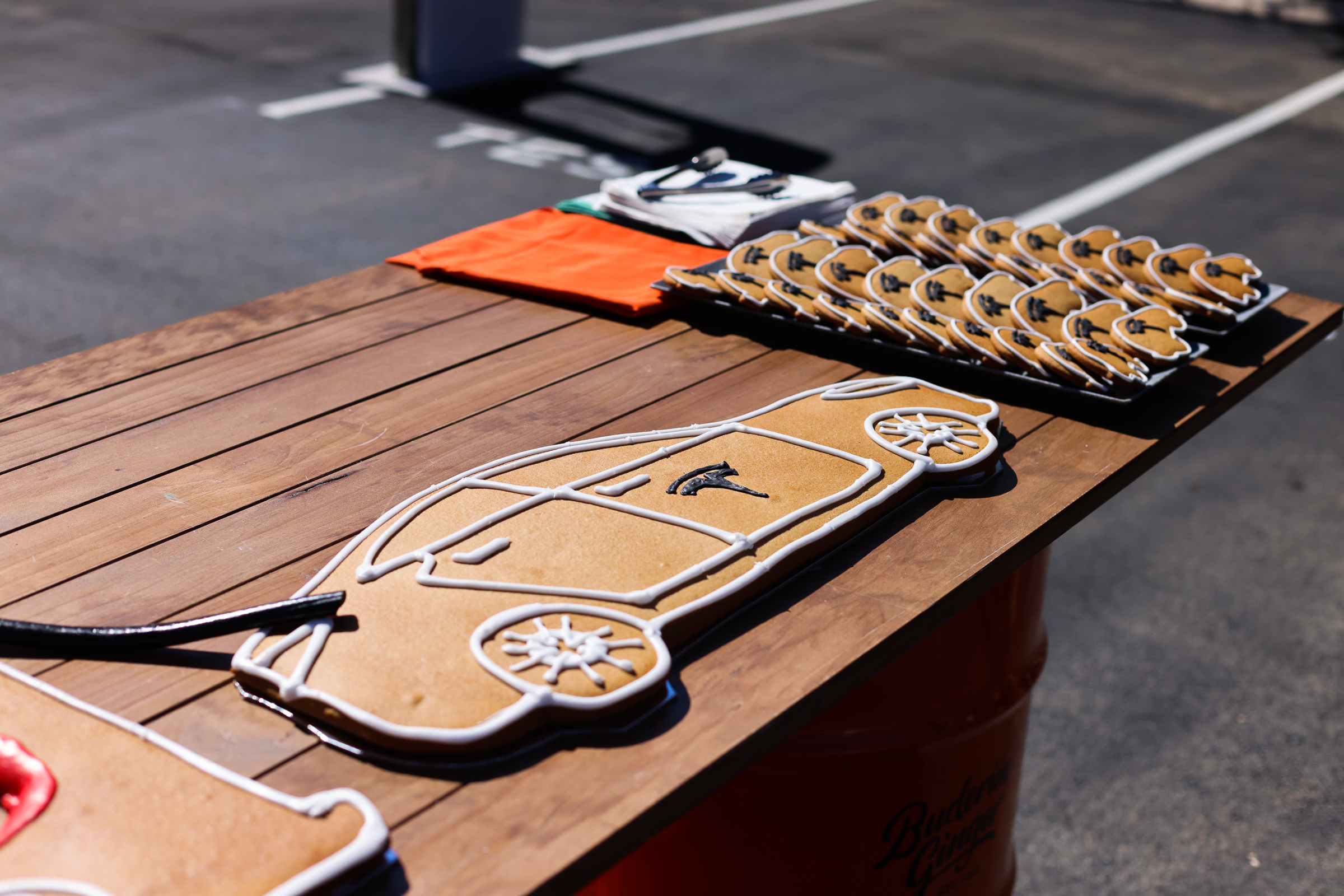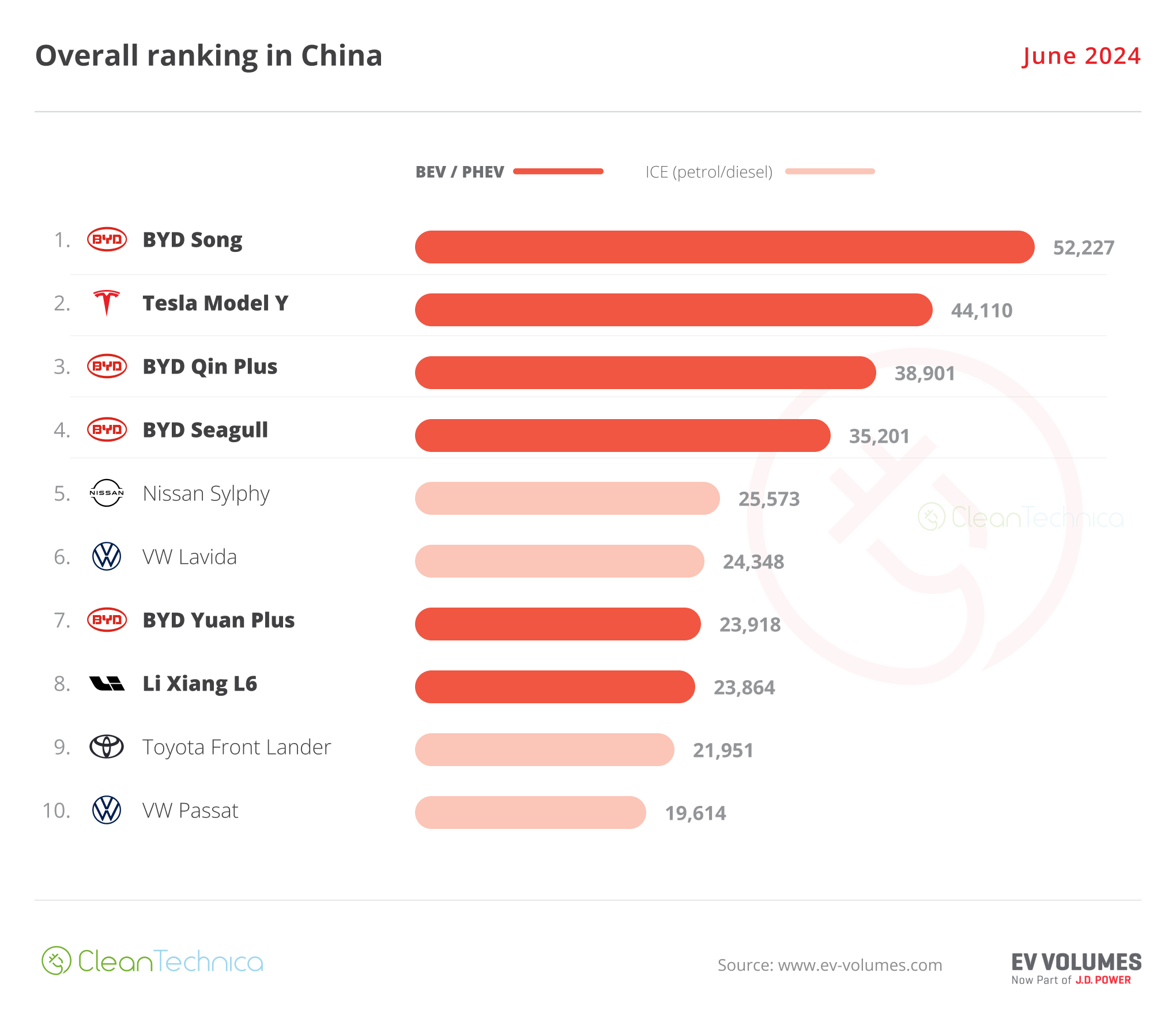
Just like the Cash for Clunkers program during the financial crisis, a ‘Cash for Stinkers’ program is needed to battle the climate crisis. Cash for Clunkers was designed to increase new car sales and, in the meantime, put more fuel-efficient vehicles on the road. Similarly, Cash for Stinkers’ goal would be to slow climate change, create a more just subsidy policy and get ICE stinkers to the scrapyard, while making BEVs more affordable for owners of the most polluting vehicles (which are all vehicles with a tailpipe).
Replacing all ICE cars has proven to be a difficult feat. Currently, the world counts about 1,500 million ICE vehicles. There is a capacity to build around 80 million new vehicles per year. So, if all the newly built vehicles were BEVs and they were all used to replace ICE vehicles, it would still take nearly twenty years to replace the global fleet.
However, not every BEV replaces an ICE vehicle, and export is one of the reasons. In the mature developed markets (USA, Canada, UK, EU, Australia, New-Zealand, Taiwan, South-Korea, and Japan) newly bought vehicles are mostly used to replace old stinkers. But not all these stinkers go to the scrapyard; many are exported to Asia, Africa, or Latin-America. The consequence, in the rest of the world, vehicles are adding to the growing fleet of cars in the streets. Thus, while on a local scale the newly bought are replacements, on a global scale many are still additions to the world’s fleet.
The market of China is an example of another way new BEVs only add to the global fleet. China is not only the largest car market in the world, but also a young growth market. This means most existing cars in China are too young to find their way to the scrapyard. Therefore, the 25 to 30 million new vehicles that hit the road yearly in China are mostly additions to the biggest traffic jams in the world. Keeping this in mind, it is no surprise the global fleet grows by about 40 million vehicles each year.
To make sure BEVs become replacements for stinkers, it is necessary to review the subsidies for BEVs in general and used BEVs in particular. The subsidies for used BEVs are there because they are a lot more expensive than used ICE cars, and out of a feeling of social justice for used car buyers. They are intended to make used BEVs more accessible and encourage replacing the stinkers. However, because the demand for used electric cars is a lot higher than the supply, making more money available through subsidies and increasing demand even further only increases the resale value. Ironically, the prices of used BEV can even rise more than the amount of the subsidy, making them even less affordable for the used car buyers.
This will certainly feel unjust to the buyers of used BEVs who might have already felt left out. A subsidy that was marketed for them in the end caters to the original buyers. These people often already enjoyed subsidies when they bought the BEV new, and when they sell the car, they essentially receive a second subsidy through increased resale prices.
This is where Cash for Stinkers comes in. It offers a voucher for every ICE car in good working order that really goes to the scrapyard. This is how it goes; one receives a voucher when an ICE car in good working order gets scrapped. This voucher can then be used to buy a new or a used BEV. The voucher should be linked to the VIN of the specific BEV, so a car can only receive a subsidy through a voucher once. Subsequently, the subsidies on new BEVs can be lowered by the value of the vouchers.
One might wonder how giving out vouchers compares to the current subsidy policy. The incentives through the voucher system are different and take on the current problems. It makes used cars more affordable for used car buyers. When only applicable for new BEV below a certain price ceiling, but available for all used BEV, it is clear that it is not a subsidy for the rich. It makes all used BEVs more affordable for used car buyers, increasing the feeling of social justice.

The voucher system makes sure that every subsidized BEV really replaces a stinker. People will want to take advantage of the opportunity to get a subsidy for the purchase of their BEV. To receive a voucher, a stinker must be scrapped. This stinker is an older ICE car that is worth less than the voucher; if it were worth more, it would not be economical to get it scrapped for a voucher, it would be logical to sell it on the used car market. The buyers of the BEV might not own such stinker themselves, but this is no problem for Cash for Stinkers. These buyers can buy someone else’s stinker, get it to the scrapyard and receive their voucher. Cash for Stinkers thus stimulates the trade in older ICE cars and encourages people to get them scrapped.
Furthermore, the Cash for Stinkers system is fairer. Because the voucher is linked to the VIN of the car, a specific car can only receive a subsidy once. This will cause used BEVs on which a voucher is already used to be worth less than similar cars on which people can still use a voucher. For example, a private individual buys a new BEV and uses a voucher, and a lease company buys a new BEV and uses no voucher. When they are ready to sell the cars, the used BEV of the private individual will be worth less than the car which was owned by the lease company. People who use a voucher get a subsidy directly and people who do not use a voucher will receive part of the subsidy through a higher resale price, but people who buy with a subsidy never sell with a subsidy too.
Cash for Stinkers will not cause BEVs to be produced faster, and replacing all ICE cars remains a long process. However, it gets stinkers off the road permanently and creates a fair policy for buyers of used BEVs. If we will be busy replacing ICEs for perhaps as long as the next twenty years, then Cash for Stinkers can count on a long life.
Written in collaboration with Jolanda Vinkhuyzen.
I don’t like paywalls. You don’t like paywalls. Who likes paywalls? Here at CleanTechnica, we implemented a limited paywall for a while, but it always felt wrong — and it was always tough to decide what we should put behind there. In theory, your most exclusive and best content goes behind a paywall. But then fewer people read it! We just don’t like paywalls, and so we’ve decided to ditch ours. Unfortunately, the media business is still a tough, cut-throat business with tiny margins. It’s a never-ending Olympic challenge to stay above water or even perhaps — gasp — grow. So …




